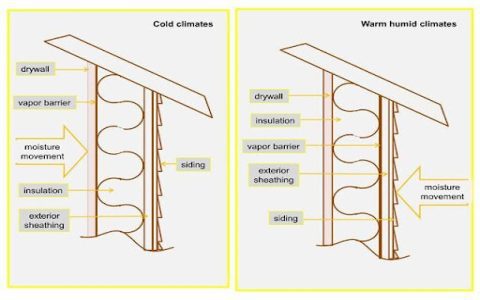Mold growth on insulation is a common problem that can lead to health issues and structural damage. Here's what you need to know:
Causes of Mold on Insulation
- Moisture: Mold thrives in damp environments. Leaks, condensation, and high humidity are primary causes.
- Poor Ventilation: Inadequate airflow traps moisture, promoting mold growth.
- Organic Material: Insulation, especially cellulose, provides a food source for mold.
Identifying Mold
- Visual Inspection: Look for discoloration or visible mold growth on the insulation.
- Musty Odor: A persistent musty smell can indicate hidden mold.
- Health Symptoms: Allergic reactions, respiratory problems, or skin irritation may suggest mold presence.
Addressing Mold Issues
- Safety First: Wear protective gear (gloves, mask, goggles) when handling moldy insulation.
- Identify and Fix the Moisture Source: Repair leaks, improve ventilation, and reduce humidity.
- Mold Removal:
- Small Areas: For minor mold, clean with a mold-killing solution.
- Extensive Growth: For significant mold, professional mold remediation is recommended.
- Insulation Replacement: Severely affected insulation should be removed and replaced.
Preventing Future Mold Growth
- Maintain Dry Conditions: Control humidity levels and address leaks promptly.
- Ensure Proper Ventilation: Improve airflow in attics, crawl spaces, and basements.
- Use Mold-Resistant Insulation: Consider insulation materials with mold inhibitors.










